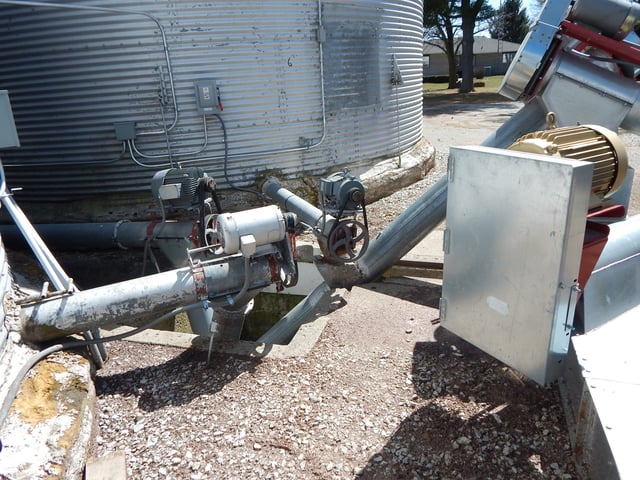Working in confined spaces is an unavoidable part of running many agriculture operations. Whether it be a manure pit, silo, grain bin, fertilizer tank, or another building, the nature of the structure presents a risk of death or significant injury due to suffocation or poisoning. We’ve all heard stories of those who have lost their lives from working inside a confined space – and too often the lives of their rescuers.

It’s important to be properly trained for working in confined spaces, of course, but there are also a few basic steps you can take in the event of an emergency.
- Ventilate the space you are entering. One of the biggest mistakes rescuers make is rushing into a confined space to pull a victim out – only to fall prey to the same gases or lack of oxygen. By getting ventilation started, dangerous gases can be vented out of the space and replaced with breathable air.
- Use a self-contained breathing apparatus. Since time is of the essence, rescuers should have self-contained breathing equipment ready, so they don’t have to rely on the atmosphere within the space.
- Rescuers should wear lifelines and safety harnesses. Additional personnel should remain outside and be ready to pull rescuers out, in case they run into trouble themselves.
- Maintain communication. It’s important that rescuers maintain communication with personnel outside, whether it be visual, vocal, or signal line.
Of course, the best rescue technique in the first place is prevention. All equipment should be inspected prior to entering a confined space and, especially in the case of self-breathing apparatuses, properly fitted. Be proactive, be aware, and be careful!




